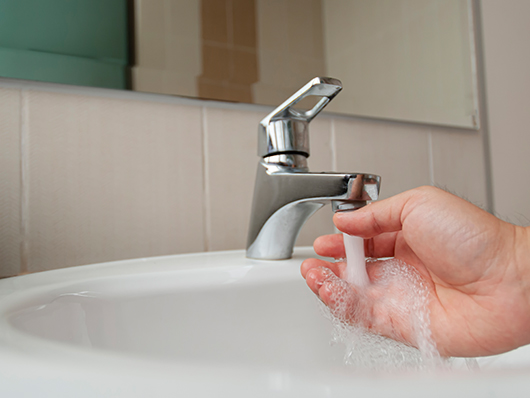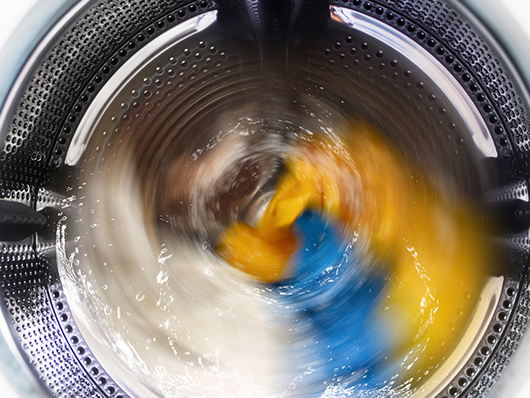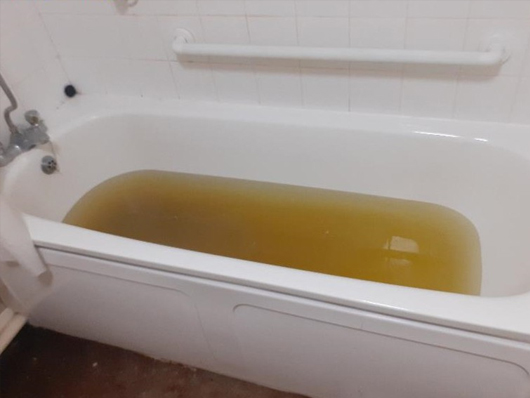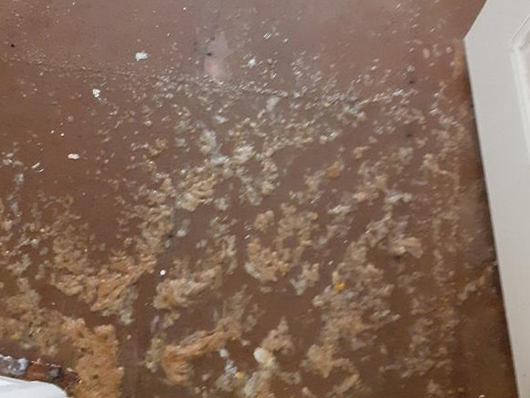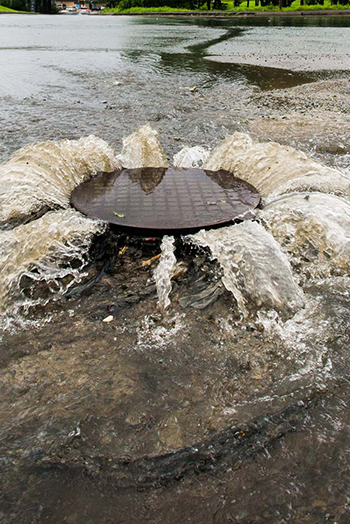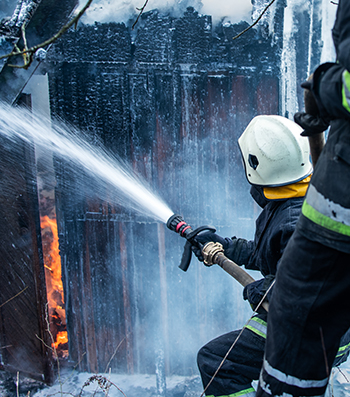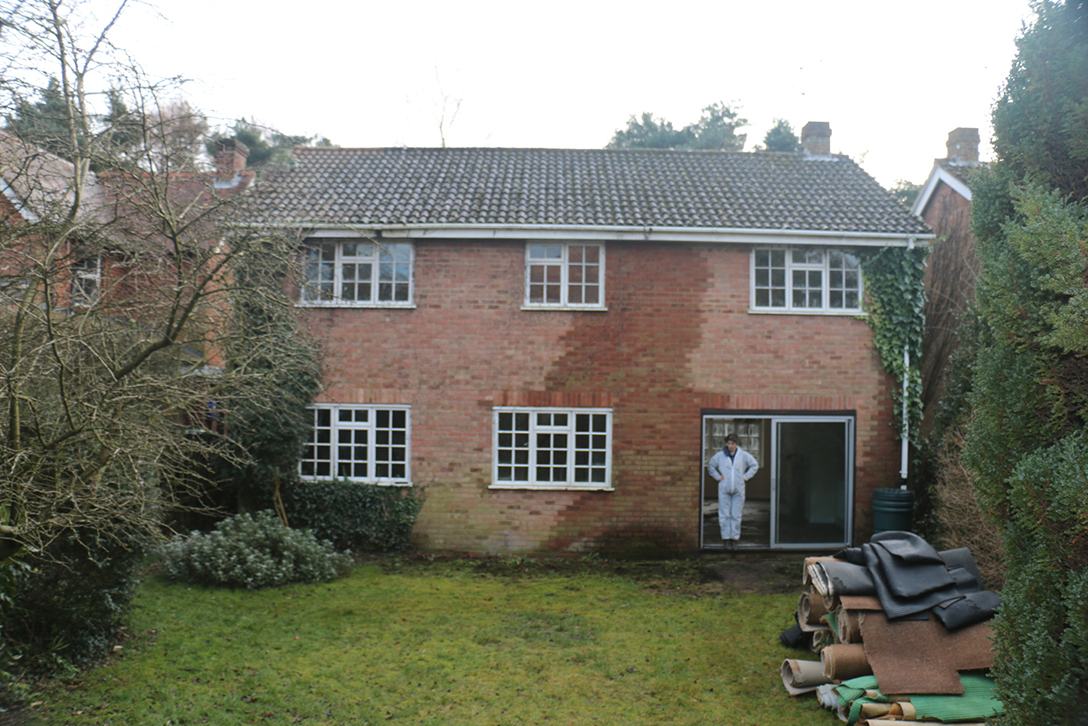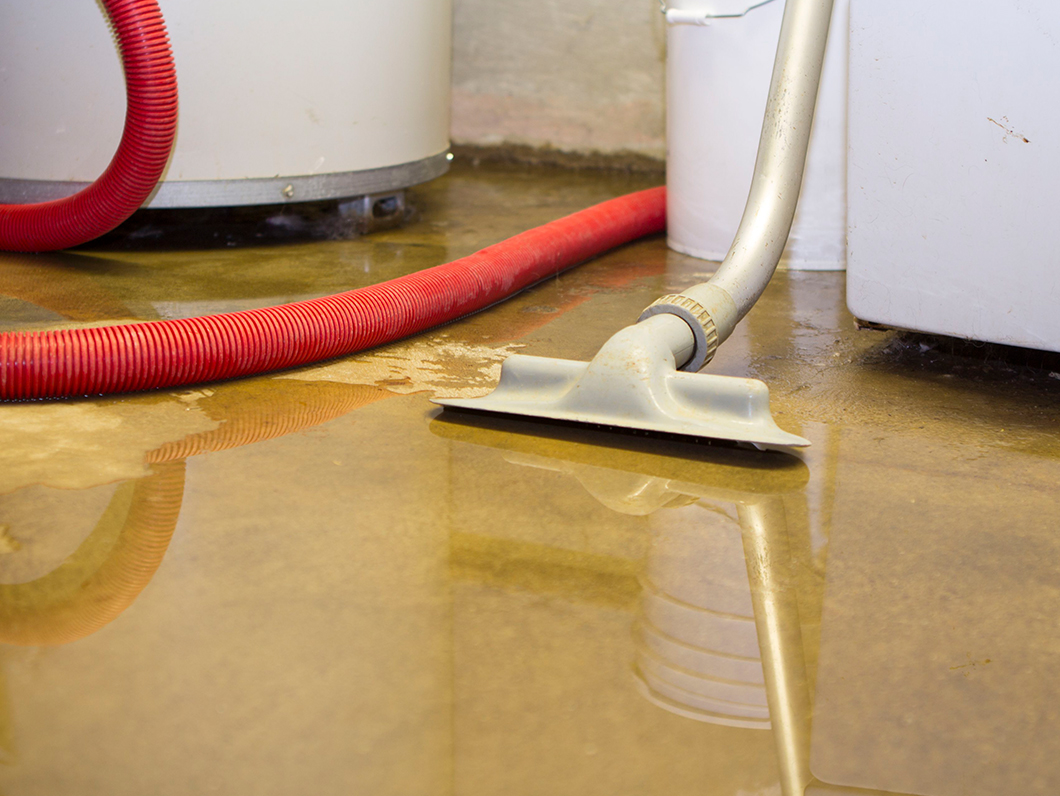
What is greywater?
Greywater is blackwater without the urine, faeces or food waste.
Also called sullage, it comes from baths, bathroom sinks and washing machines (the ones used for clothes).
There is growing awareness that greywater can also contain plastics, either in the form of microfibres and particles that come from clothing made with man-made fibres or from products such as make-up, toothpaste and body scrubs.
There is concern that these often microscopic particles are getting into rivers and oceans, causing damage and threatening wildlife.
Grey is a good colour for describing it, because once water has been through a washing machine, it does look grey.
It is not clear water but it is not as contaminated as blackwater.
Greywater contains chemicals and cleaning fluids. But it is more suitable for re-use because it does not contain any nasty pathogens.
This is why there is a move to install systems in homes to allow greywater to be used for flushing toilets.
The Royal Horticultural Society recommends that greywater can be used to water plants, as long as the washing machine components come from rinse cycles only.
